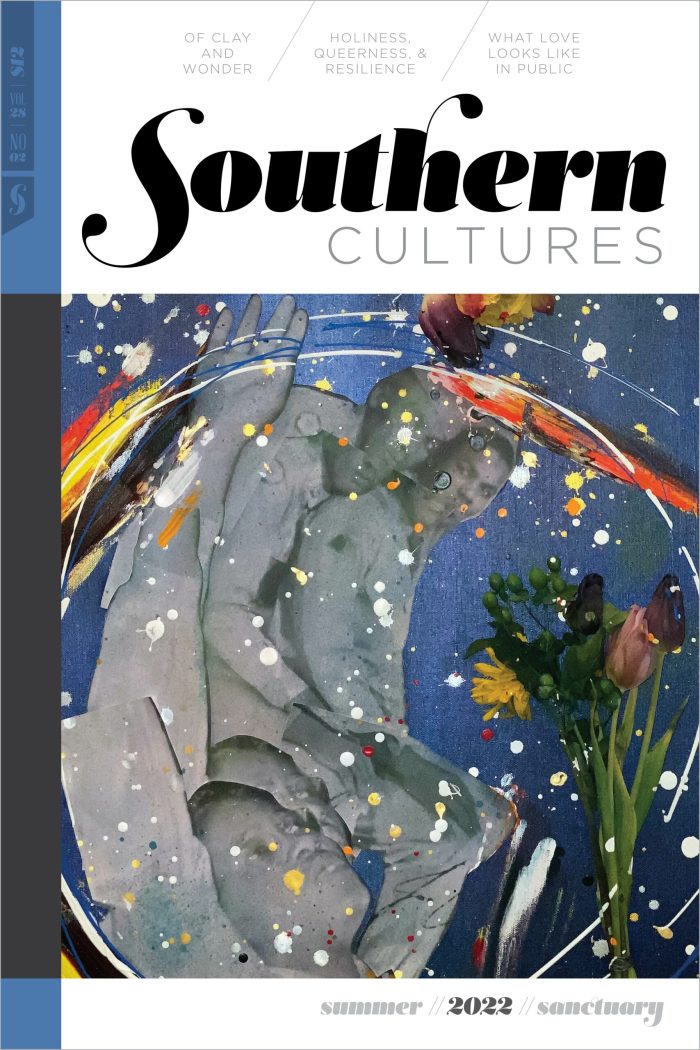“I use paint, ink and canvas, paper and other surfaces to visualize that which remains after my body moves to the sound of the music and of praise, to more fully consider residue—lingering—that escapes capture.”
Learning about Life and love in the spiritual space of Blackpentecostalism, I was able to sense the world by paying attention to how my flesh felt. We sang songs loudly. We shouted hard. We spoke in tongues. The flesh was the conduit through which praise and worship happened. But the flesh was also a site to control, a site that was always available to sinfulness. The doctrine about queerness as beyond the scope of possible joy and holiness is a doctrine I had to reconcile and eventually contest.


